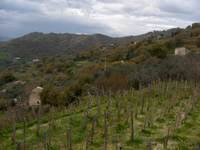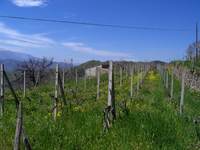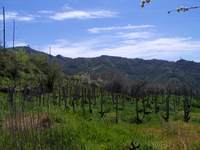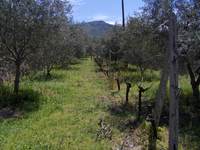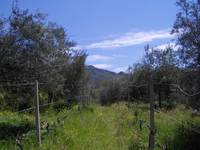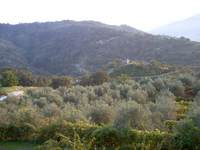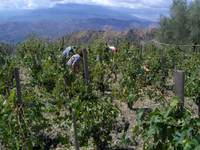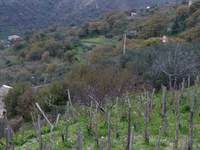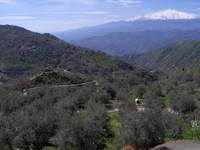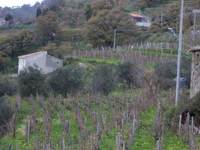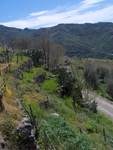
Welcome to the shop
WINES I.G.P. SICIALIAN LANDS AND GRAPPES

The pleasant aromatic fragrances of our wines narrate the beauty of a natural paradise, the heart of the hills of Taormina and Castelmola, where among the rows of grapes that embroider the slopes, the typical terracings and clayey reflections of the land, dominate silently on the majestic view Etna.
Already with the name "Myle", which originates from the ancient Greek name of Castelmola, located on the Hills of Taormina, we wanted to strengthen the link with the territory.
And from our land on the hills of Taormina and Castelmola, native grapes come from, where these vines have always found particularly favorable pedo-climatic conditions.
In fact, the climate is characterized by very mild temperatures, thanks to the proximity of the Alcantara valley, as well as to the influence of Etna, present in plain sight with all its majesty.
The result is a late environment thanks to the exposure and the altimetry of 700 meters, which favor strong thermal excursions.
The combination of soil, climate and rural wisdom have made it possible to obtain wines with strong qualities.
The vineyards located on terraced walls with stone walls, in hilly areas, ventilated and well exposed at midday, give unique personality to our wines.
Between the hills of Taormina and Castelmola, since the time of the Magna Graecia and the Hellenic civilization of the island, the cult of the vine has been handed down.
In fact, just the Nerello Mascalese is a native red grape variety of Sicily, specifically of the eastern part of the island, whose origins can be traced back to the Greek colonization of the seventh century BC, when this people began to occupy their coasts of the Messinese and those Calabrian and then settling throughout the South. The first settlement dates back to the foundation of Naxos in 734, Zancle in 730 and Catania in 728. Here the Greeks imported, among the local populations, the cuttings from the motherland and the cult of Dionysus dedicated to wine, and it is precisely in this historical context and in these three cities that can be traced back to the origin of Nerello Mascalese, in which the cities of Mascali and Messina subsequently played a fundamental role. Despite the lack of certain historical sources given the time, there is still the certainty that the Nerello Mascalese is to be traced back to the foundation of Naxos, from where it spread in the Catania area and in the Messina area, leaving the coastal area to expand also inside up to the slopes of Etna. In fact, it belongs to this area the vinification of the famous Mamertines who will first thrill the Dionysius of Syracuse and then spread throughout the eastern coast and become a highly sought-after and expensive wine with the arrival of the Romans. The capital that turned the wine into one of the most prosperous businesses used the marmetins to celebrate the bacchanals, while Caesar chose rivers of expensive and sought-after Tauromenitanum and Mamertinum to celebrate his Gallic victories. At the fall of the Roman Empire the cultivation of the vine and the production of wine knew alternating phases between the Arab, Norman and Bourbon dominations, up to the present day and the introduction of the denominations of origin that definitively brought these wines back to the international level .

